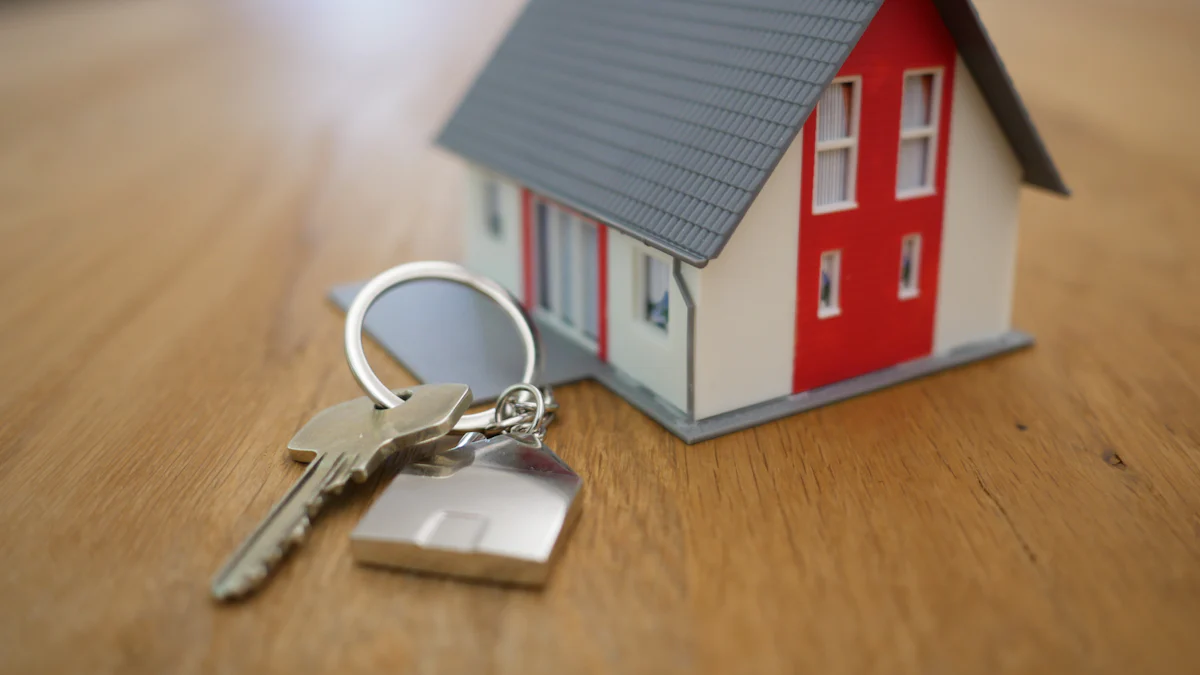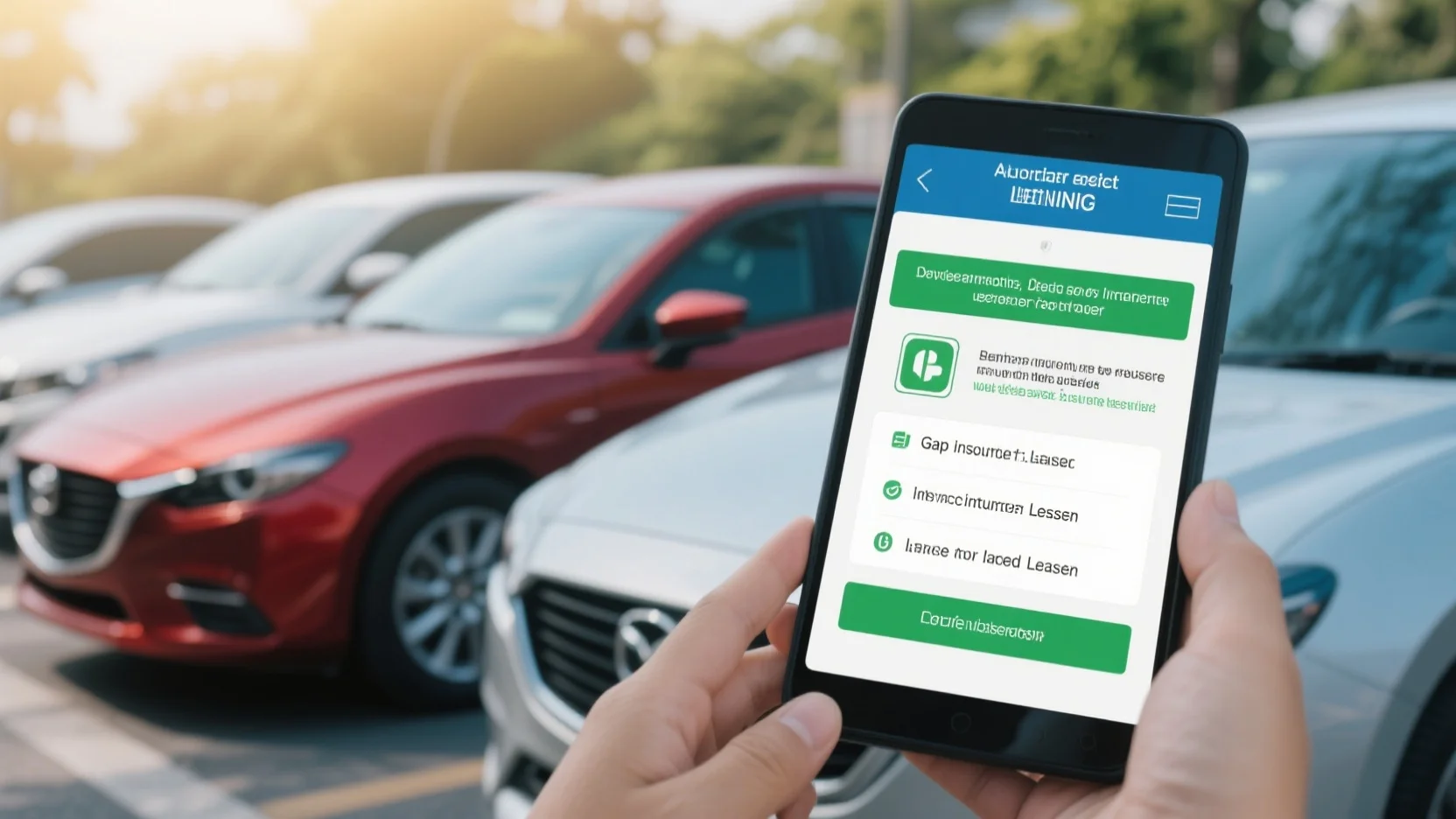
Gap Insurance for Leased Cars Explained in Simple Steps

Image Source: unsplash
I’ve seen many people misunderstand gap insurance. Some think it’s too expensive or unnecessary. Others assume their standard auto insurance covers everything. That’s not true. Gap insurance for leased cars explained simply is a safety net. It protects you from financial loss when your car’s value drops faster than expected.
Key Takeaways
- Gap insurance helps if your leased car’s value is less than what you owe. It pays the difference if your car is stolen or totaled.
- Look at your lease agreement to check for gap insurance. If it’s not there, think about adding it for safety and peace of mind.
- Knowing how fast your car loses value can help you decide. Use tools like Kelley Blue Book to guess your car’s future worth.
What Is Gap Insurance?
Definition and Purpose
I’ve learned that gap insurance, or Guaranteed Asset Protection insurance, is more than just a fancy term. It’s a type of optional coverage that bridges the gap between what you owe on your car lease or loan and the car’s actual cash value if it’s totaled or stolen. Imagine this: you’re in an accident, and your car is declared a total loss. Your auto insurance pays you the car’s current market value, but that amount doesn’t cover what you still owe on your lease. That’s where gap insurance steps in to save the day.
This coverage is specifically designed for situations where the loan amount exceeds the car’s worth. Cars depreciate quickly, especially new ones, and this can leave you financially vulnerable. Gap insurance ensures you don’t have to pay out of pocket for the difference. It’s like a safety net that catches you when unexpected losses happen.
How It Protects You Financially
Gap insurance provides peace of mind in several financial scenarios. For example, if you buy a car with a small down payment—less than 20%—or finance it with a long loan term, you’re at a higher risk of owing more than the car’s value. I’ve also seen cases where people roll over negative equity from previous loans into new purchases. These situations can lead to financial stress if the car is totaled or stolen.
Without gap insurance, you’d be responsible for paying the difference between the car’s value and what you owe. That’s a tough spot to be in. I always recommend checking your lease or loan terms to see if gap insurance is included. If not, it’s worth considering. It’s a small investment that can save you from a big financial headache.
Why Gap Insurance Is Important for Leased Cars

Image Source: pexels
Rapid Depreciation of Leased Vehicles
I’ve noticed that leased cars lose value quickly. The moment you drive a new car off the lot, its value drops. Within the first year, it can depreciate by as much as 20-30%. This means the car’s market value often becomes much lower than what you owe on your lease. I’ve seen this catch many people off guard. They assume their car’s value will hold steady, but depreciation doesn’t work that way. Gap insurance steps in to cover this difference, ensuring you’re not left paying for a car you no longer have.
Financial Risks Without Gap Insurance
Without gap insurance, you could face serious financial trouble. If your leased car gets totaled or stolen, your regular auto insurance only pays the car’s current market value. That amount might not cover what you still owe on the lease. I’ve heard stories of people stuck paying thousands of dollars out of pocket for a car they can’t even drive anymore. Gap insurance prevents this. It acts as a financial safety net, protecting you from unexpected expenses and giving you peace of mind.
Leasing Company Requirements
Many leasing companies require gap insurance. They know how quickly cars depreciate and want to protect their investment. When I leased my car, I made sure to check if gap insurance was included in my agreement. Some companies automatically include it, while others leave it up to you. If it’s not included, I recommend adding it. It’s a small price to pay for the financial security it provides.
Steps to Determine If You Need Gap Insurance
Check Your Lease Agreement
The first step I always take is reviewing my lease agreement. Many lease agreements include specific clauses about gap insurance. These clauses often state that gap insurance is required to protect the lessor if the car is totaled or stolen. I’ve seen agreements where this coverage is already included, but others leave it up to the lessee to purchase. Look for terms like “gap coverage required” or “lessee responsible for gap insurance.” If you’re unsure, ask your leasing company for clarification. It’s better to know upfront than to face surprises later.
Confirm If Gap Insurance Is Included
Once I’ve checked my lease agreement, I confirm whether gap insurance is already included. Some leasing companies bundle it into the lease, saving you the trouble of buying it separately. If it’s not included, you’ll need to decide whether to add it. I’ve found that having this coverage provides peace of mind, especially for leased cars that depreciate quickly. Don’t assume it’s included—double-check to avoid financial risks.
Assess Your Car’s Depreciation Rate
Understanding how quickly your car loses value is crucial. I use tools like Kelley Blue Book or Consumer Reports to estimate my car’s market value. In 2023, the average car lost nearly 39% of its value over five years. SUVs and trucks tend to hold their value longer, but sedans and luxury cars often depreciate faster. Progressive’s car depreciation calculator is another great resource. It helps me forecast how much my car’s value might drop each year. Knowing this information helps me decide if gap insurance is worth it.
Review Your Current Insurance Policy
Next, I review my existing auto insurance policy. Some policies offer gap insurance as an add-on, often at a lower cost than standalone coverage. I’ve seen endorsements for as little as $20 per year, with typical costs ranging from $50 to $150 annually. If your policy doesn’t include gap insurance, consider adding it. It’s a small price to pay for significant financial protection.
Consult with Your Leasing Company or Lender
I always recommend talking to your leasing company or lender. They can provide insights into whether gap insurance is necessary and whether it’s already included in your lease. When I leased my car, my lender explained the benefits of gap insurance and helped me understand my options. Don’t hesitate to ask questions—they’re there to help.
Compare Costs of Adding Gap Insurance
Finally, I compare the costs of adding gap insurance. Premiums can vary widely, from $200 to over $1,000, depending on factors like your car’s value and loan amount. However, when added to an existing auto insurance policy, gap insurance can cost as little as $50 to $150 annually. I always shop around and get quotes from multiple providers. This ensures I find the best deal without compromising on coverage.
Alternatives to Gap Insurance
Lease Agreements with Built-In Gap Coverage
Some lease agreements already include gap coverage. I’ve seen this as a convenient option for many lessees. When I leased my car, I made sure to ask if gap insurance was part of the deal. Many leasing companies bundle it into the agreement, which saves you from purchasing it separately. This built-in coverage ensures you’re protected without any extra effort. However, not all agreements include it. Always double-check your lease terms to avoid surprises. If it’s not included, you’ll need to explore other options.
New Car Replacement Insurance
New car replacement insurance is another great alternative. It offers a different kind of protection compared to gap insurance. Instead of covering the difference between your car’s value and what you owe, it pays for the cost of a brand-new car if yours is totaled or stolen. I’ve found this option especially appealing for new car owners. Here’s a quick comparison to help you understand the differences:
| Insurance Type | Gap Insurance | New Car Replacement |
|---|---|---|
| What does it cover? | Remaining loan or lease balance if the car is totaled or stolen | Full cost of a new car if totaled or stolen |
| Average cost | $400 to $700 total from a dealer | About 5% of your current auto insurance premium |
| Is it required? | Not by law but often required by lenders/lessors | No |
This table shows how each option works. While gap insurance focuses on your lease or loan balance, new car replacement ensures you can drive away in a brand-new vehicle. Both have their benefits, so choose the one that fits your needs.
Self-Insurance or Savings as a Backup Plan
If you prefer to avoid additional insurance costs, self-insurance might work for you. I’ve met people who set aside savings as a financial cushion. This approach requires discipline, but it can save you money in the long run. Without gap or alternative insurance, though, you face significant risks. Lessees remain responsible for lease payments even if the car is totaled. Out-of-pocket expenses can pile up quickly to cover the difference between the insurance payout and the remaining lease balance. A solid savings plan can act as your safety net, but it requires careful planning and commitment.
💡 Tip : If you choose self-insurance, calculate how much you’d need to cover potential losses. Start saving early to build a reliable financial buffer.
Gap insurance for leased cars explained simply is a must-have for financial peace of mind. I always recommend taking steps to protect yourself. First, check if your lease includes gap insurance. If not, consider purchasing it through your insurer or dealership. After an accident, stay safe, exchange details, and notify your leasing company. These actions ensure you’re prepared for the unexpected.
FAQ
What happens if I don’t have gap insurance and my leased car is totaled?
Without gap insurance, I’d have to pay the difference between the car’s market value and the remaining lease balance. This could lead to unexpected financial stress.
💡 Tip : Always check your lease agreement to avoid surprises.
Can I add gap insurance after signing my lease?
Yes, I’ve added gap insurance after leasing a car. Many insurers and dealerships allow this. It’s never too late to protect yourself financially.
Is gap insurance worth it for all leased cars?
Not always. If your lease includes built-in gap coverage or your car depreciates slowly, you might not need it. I recommend assessing your specific situation first.
🚗 Note : Use tools like Kelley Blue Book to estimate your car’s depreciation rate.
